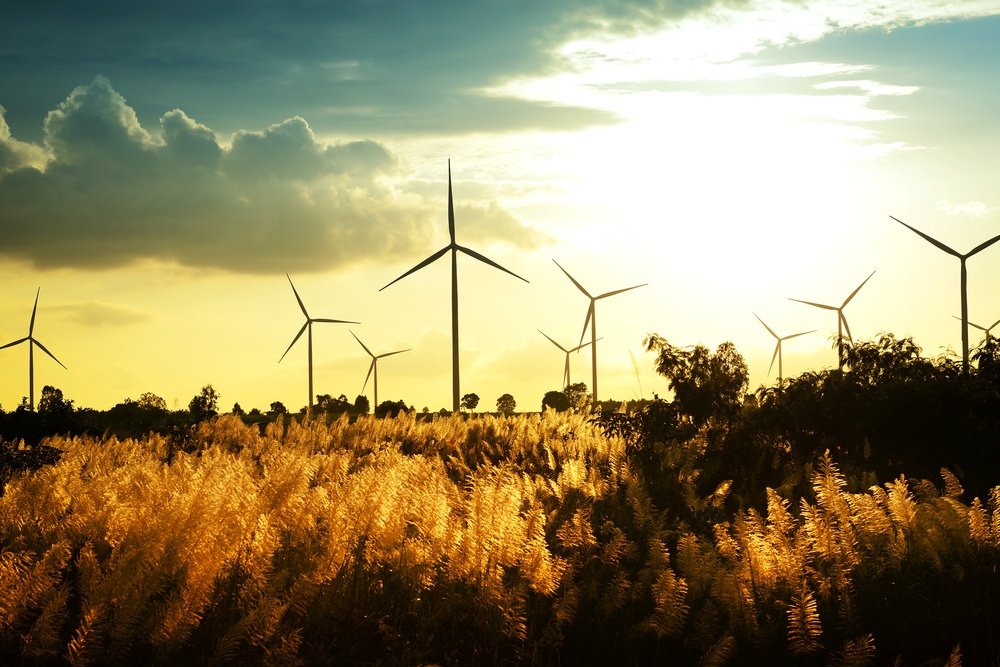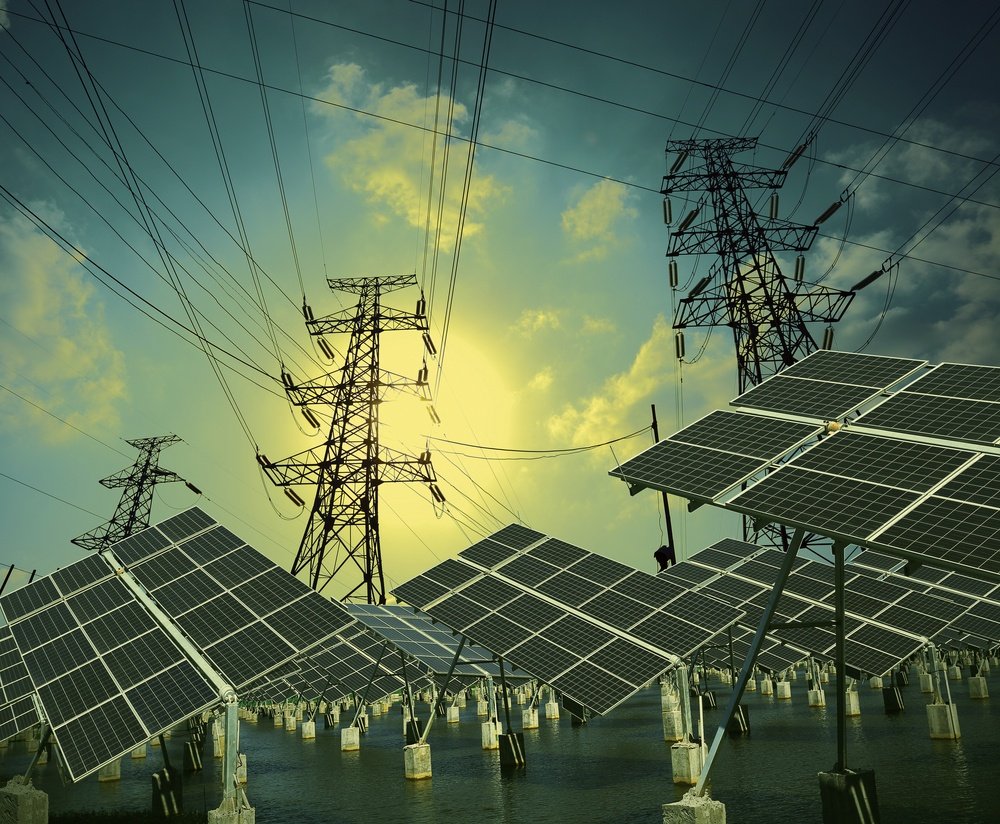Energy Efficiency: A Leading Resource in the US

Have you ever heard someone call energy efficiency a resource? It may seem a bit odd to be calling energy efficiency a “resource” because traditionally, we’ve not looked at it as anything but a way of measuring our current technological capabilities (like fuel economy in cars). But the American Council for Energy Efficient Economy has released a new analysis that the U.S. electric power sector now cites energy efficiency as the 3rd leading resource!
Let’s explore this new definition of energy efficiency and find out what it means.
What Is Efficiency?
Efficiency is typically tied to cost, where high efficiency equipment comes at a high cost. As the cost of fuel ratchets up, and environmental priorities override purely economical ones, efficiency begins to play an increasingly important role.
In simplest terms, efficiency is defined as the amount of energy that is generated by a system divided by the amount of fuel (potential energy) that enters a system. There are limits. For example, the highest theoretical efficiency of an internal combustion engine is about 37%. In reality, that number is much lower (usually below 25%). Although there is a limit to how efficient power generation systems can be, there is room for to improve–and that’s what has people so excited.
Why Should We Care About Energy Efficiency?
Energy efficiency is huge, but only if we look at it in the context of a broader discussion on generation and consumption. We’re talking about the the trifecta of energy usage, that being generation, efficiency, and conservation, whereby:
- Generation encompases all technologies which bring electrical power to our homes
- Efficiency refers to how much energy we convert one form to another. In other words, a gallon of fuel-oil possesses 152400 Btu’s of potential energy. If we burn it and produce 129000 Btu’s, the furnace is operating at about 85% efficiency (typical by today’s standards).
- Conservation refers to a reduction in energy which is simply wasted or used unwisely. This get’s into quality of life issues and sometimes conflicts with business tactics, like keeping retail stores at 68 instead of 72 degrees because it will attract more customers.
While many people value energy efficiency, we should also recognize the fact that a long history of low energy prices has created an atmosphere of complacency in modern society. The United States often overlooks our low energy prices in comparison to Europe (for example). Our complacency about fuel consumption has us experiencing unintended consequences with regard to our environment.
However, this story isn’t a tragedy. The priority of energy efficiency is a huge step in the right direction.
This isn’t only about our need to improve efficiency. This is also about new markets for a new resource. It’s bound to have a far-reaching positive impact on our economy. As new methods develop, our choices for energy generation will expand markets, promote competition, and drive down prices while sharply reducing our need for energy.

Energy Efficiency and the Economy
Both economic and popular demand have driven an increased interest in efficiency. This applies to generation and energy consumption. Appliances that consume 100 watts-hours of electrical energy and convert it to 75 watt-hours of mechanical work are 75% efficient (for example)
“Some improvements in energy efficiency have been market driven, reflecting the interest of consumers and businesses in reducing their electricity consumption and expenditures.”
— U.S. Energy Information Administration
Improvements in efficiency aren’t just about centralized energy generation systems (i.e. large power plants). We’re also talking about homeowner appliances which consume energy..
Entirely new systems have emerged, which help to justify the the definition of efficiency as a “resource”.The environmental impact of increased efficiency is also a reason to be excited. One of the best examples of this are “combined heat and power systems” (CHP). This concept actually harvests heat energy resulting from inefficiencies. We’re talking about inefficiencies as a result of economic reasons coupled with the physical limitations of the system.
As long as energy prices are trending upward, we will be reexamining older technologies for overlooked opportunities and emerging technologies for new opportunities. Between those technologies which generate electricity and those that consume it, we see savings for the end user in the billions of dollars.
Treating efficiency as a resource demonstrates that policymakers see it as a high priority, because it will have a broad impact on both the economy and our environment.


